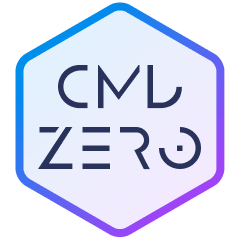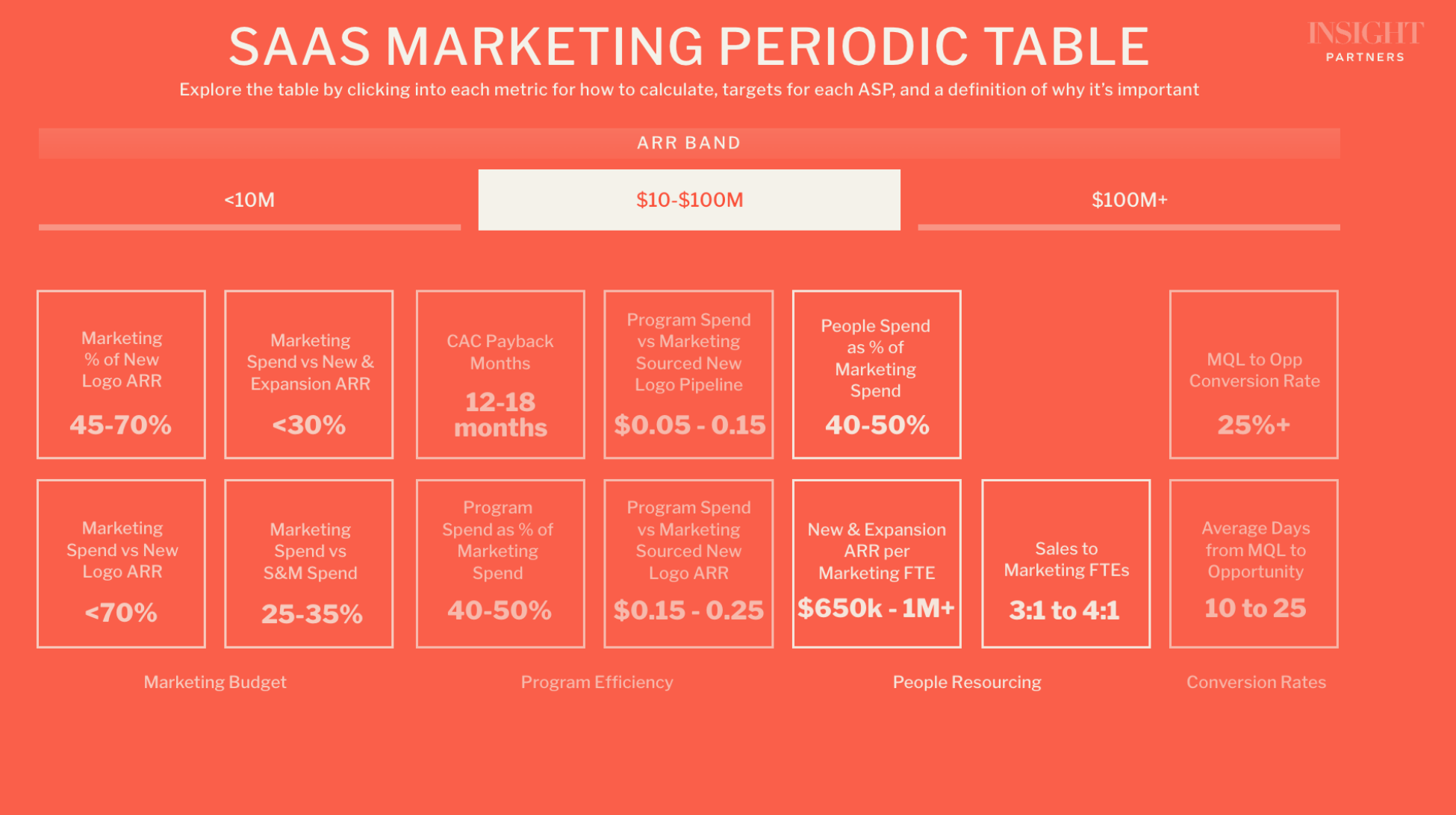
Founder 101: Why and when to invest in brand

The term “brand” is wildly misunderstood. Many people perceive brand as colors, pictures, logos, and fonts – and that’s it. This is far from the truth.
While brand absolutely encapsulates the look and feel of your company, visual identity is just one slice of the pie.
Brand is your company strategy; it sets the direction for years to come while providing every stakeholder a North Star of what you stand for, your ultimate goal, and how you get there.
Brand serves as the foundation for all your communications, shaping how stakeholders perceive your business and the value you create. For this reason, brand must be consistent across every touchpoint from your website to your pitch decks, and BDR calls. Brand impacts the success of every stakeholder’s experience with your company and their likelihood of converting, and every stakeholder’s ensuing opinion of that experience impacts your brand’s reputation.
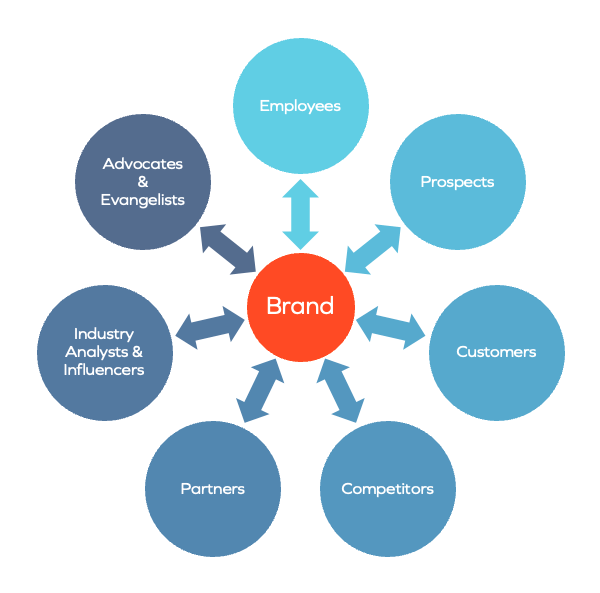
Your brand is what enables you to rise above the noise to drive awareness, build affinity to convert, and influence decision to purchase. Brand is what allows you to meaningfully connect with your buyers again and again.
Why should I invest in brand?
We know what you’re probably thinking: “Why should I invest in brand if I need to drive pipeline NOW?” Investing in brand is critical for every company looking to build sustainable growth and profitability. Strong brands:
- Drive company focus and set vision
- Forge organizational alignment
- Build or increase competitive moat
- Lower cost to acquire customers (CAC)
- Garner premium pricing
- Improve customer lifetime value (CLTV)
- Drive higher valuations
Companies go wrong in assuming that if they are focusing on brand, they are diverting resources from generating demand. Brand and demand must co-exist to drive sustainable growth.
Bottom line: there is no demand without brand.
When should I invest in brand?
Within Insight’s portfolio, companies early in their ScaleUp journey drive new bookings via demand-focused tactics (e.g., paid digital marketing). Founders and CEOs tend to put brand on the back burner in the early stages of growth in order to prioritize focus on new logo demand generation and sales enablement. This lack of focus on brand results in a game of catch-up in the later stages of growth.
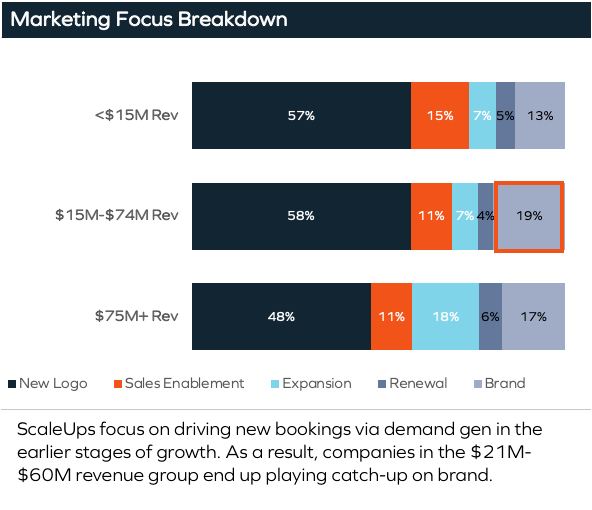
So, when should you start focusing on brand to avoid playing catch up? The simple answer is the earlier, the better. However, three core readiness factors must be in place before you begin. You’re ready if you can confidently answer “yes” to all three questions below. Keep in mind that you will need dedicated resources (either in-house or via an agency) to execute against your strategy.
Brand Readiness Checklist
- Do you have established product-market fit (PMF) and demonstrable market traction?
- Do you have a clear definition of your ideal customer profile (ICP) and buyer personas?
- Are you confident your core product and go-to-market (GTM) strategy won’t change course for at least 6 months?
If you already have a brand established, but are experiencing growth or efficiency challenges, brand could still be the culprit. Check out signs and symptoms that you need to revisit your brand below.
Signs it’s time to dedicate more resources to brand
- Your messaging is focused on features and functions instead of how you solve buyer pain points.
- Your messaging speaks to only one buyer persona instead of the entire buying committee.
- Your competition is heating up, and your win rate is declining.
- Your performance marketing ROI is quickly approaching diminishing returns.
- Your category is being disrupted by the “cool kid,” and customers are churning.
- Your product doesn’t fit into an existing category, so you need to figure out how to position yourself.
- Your product’s value has expanded or shifted.
- Your business wants to target a new market segment, industry, or region.
- Your employee attrition is up, and you are struggling to attract top hires.
- Your reputation is suffering due to poor software review site ratings, negative media mentions, or less-than-stellar analyst evaluations.
Now that you know it’s time to build or double down on your existing brand, keep in mind that the best-kept secret to success is simple: be intentional! No one accidentally stumbles on a billion-dollar brand. Beloved brands require thoughtful progression with participation from the entire organization.
What are the elements of a strong brand strategy?
There is no single activity that builds a brand. Fruitful brand building is an umbrella approach made up of a series of tactics, each aligning to and delivering on your brand strategy.
Insight has developed a four-step process to help you think through the building blocks to drive awareness and affinity for your product. Each of the below terms is linked to our Brand Glossary.
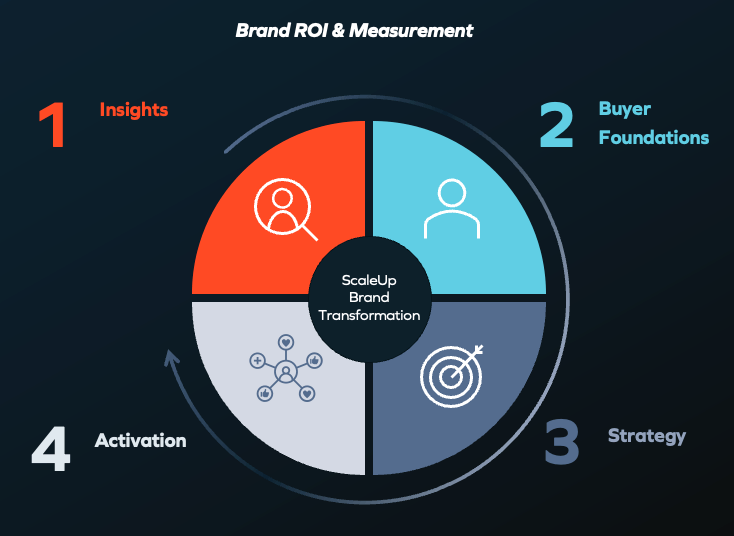
- Insights — Capture customer, market, and competitor insights.
- Buyer Foundations — Leverage insights to define your TAM, ICP, buyer personas, and buyer’s journey so that you know your audience and can drive hyper-targeted tactics.
- TAM
- Ideal Customer Profile (ICP)
- Buyer Personas
- Buyer’s Journey
- Strategy — five brand essentials that make up a successful brand strategy:
- Mission, Vision, and Values
- Point of View (POV)
- Messaging & Positioning
- Category
- Brand Identity
- Activation — Arm your GTM team with enablement, content, and campaigns to drive awareness, engagement, and conversion. Ensure your website reflects your differentiated value proposition and visual identity. Test and iterate tactics to learn what works.
Building a brand doesn’t mean you have to break the bank. Plenty of activities cost nothing and drive exponential value (e.g., defining your ICP, aligning your messaging to how you uniquely solve your ICP’s pain points, and articulating this value on your website). Brand is anything but a one-size fits all. Every company should be intentional about building brand and aligning right-sized investments to achieve their goals at every stage of growth.
